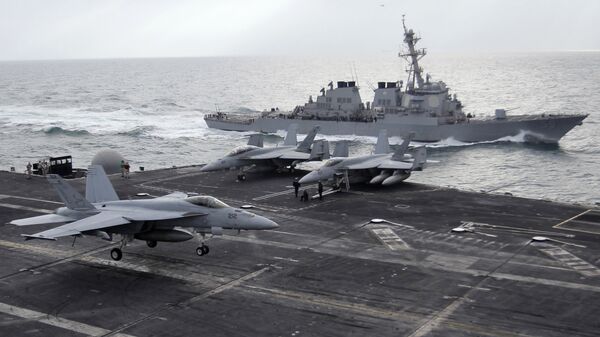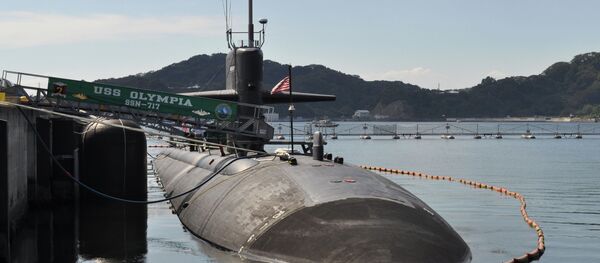A new report by the CSBA entitled "Regaining the high ground at sea", which considers the prospects of the US Navy in a changing environment, claims that without the ability to support new missions, carriers and their aircraft "would likely have gone the way of the battleship and left the fleet decades ago".
The authors of the report, while giving assessments of possible future threats, examine the US military strategy and the country's capabilities, warning that if current US naval and marine defence strategies were not transformed, the US fleet wouldn't be able to gain the upper hand in a battle with either Chinese or Russian military vessels.
READ MORE: Russia’s Undersea Fleet Poses 'Real Threat' to US – Navy Vice Admiral
The report recommends modernizing American Carrier Air Wings (CVWs), which are lacking "the range, endurance, survivability, and specialization to carry out the operational concepts needed to defeat great power militaries".
"The current CVW configuration, however, is not well suited for the tactics that U.S. naval forces will need to employ against great power competitors, such as China and Russia, and regional powers fielding improved capabilities, like North Korea and Iran," the report reads.
READ MORE: US Navy Shoot Down Intermediate Range Ballistic Missile in Test – Defence Agency
Suggesting different naval force compositions, the researchers admit that their alternative plan "will be more expensive" than the one which currently exists, however, in order to preserve the relevance of the US fleet — it would be necessary.



